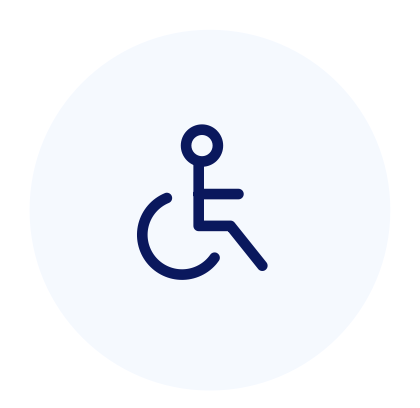
Living with Type 2 diabetes can be burdensome.
But with the right lifestyle and medication, you can enjoy a healthy and happy life.
A life with diabetes weighing you down.
Diabetes, obesity and CVD are interlinked diseases and appears together in an individual.
Tune in now and be part of the movement to ##BreakthePartnership Lower the #WeightofDiabetes
Disclaimer: For disease awareness purposes only.

Diabetes and Obesity work together to create a vicious cycle that affects your health. Understand the risks and complications that arise when diabetes and obesity join forces, and why it's crucial to keep them apart.





*people aged 51-61 years


It's more than just managing your blood sugar. It's also about managing risks, like obesity, increased cardiovascular risk.6
This information is for educational purposes only and is not meant to replace medical advice. Always reach out to your registered healthcare professional for more information. All characters in this page are models and for illustrative purposes only and not real patients.
Apis bull is a registered trademark for Novo Nordisk A/S.
IN25CD00026, Last reviewed on 1/5/2025

